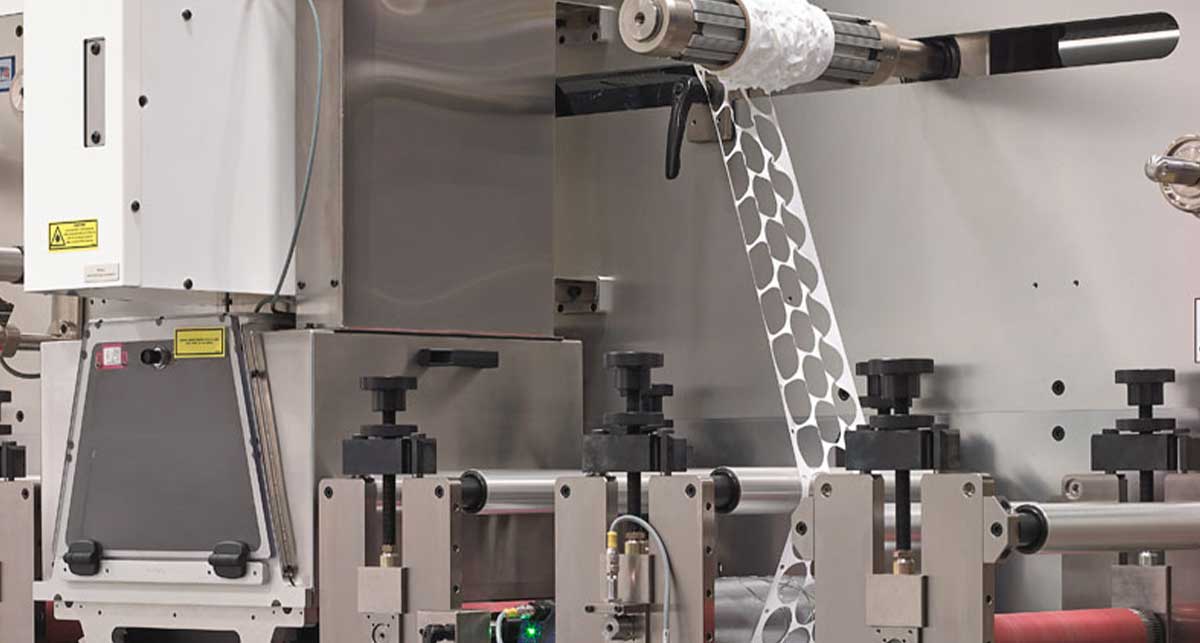In 2019, I visited Montana because my Texan family decided to go skiing for the first time in years.
The snow brought us indescribable joy after a week of 100-degree heat. We rode the gondola up to the top of the mountain to spend a pleasant afternoon cruising over hills, and before long, the sun had risen high into the sky, allowing the old snow to melt and re-freeze into ice.
Suddenly, we realized it was time to head down the mountain. Like kittens stuck in trees, we slowly began a treacherous descent that involved dodging other skiers who had also found themselves trapped in the slippery deathtrap.
As I shuffled my way downhill, my skis landed on a patch of ice, and I flailed my way down the slope until I nearly slid right over the peak. In the end, when I slammed my head on the ice, all I could think was I’m so glad I’m wearing a helmet.
Thanks to my helmet at the time, I could shimmy my way home with nothing but a bruised ego to show for it. In fact, millions of people rely on impact absorption gear to keep them safe daily.
If you’re up to date on impact-absorbing adhesives, you may have heard the term PORON before. Strouse uses PORON foam and other foam materials as cushioning in many of our projects. But what is PORON, and when should you choose PORON Foam XRD?
By the end, you should be able to answer many of the questions others may have about its capabilities.
What is PORON Foam?
PORON foam, developed by Rogers Corporation, is urethane foam with high solvent resistance and low outgassing effects.
It’s a key component for many consistent performance jobs needing strong recoverability materials. PORON foam can seal products, absorb shock energy, and manage long-term vibration, but there are so many options that the abilities of each part are dependent on the type of PORON used to make it.
When you’re building sports gear, protective cases, or other impact-oriented products, then you’ll want to consider PORON XRD. One question is worth asking: Should I choose a different PORON foam?
Here’s a look at PORON XRD's specifics so that you can decide whether it suits your needs.
PORON Foam XRD®
As people discover safer ways to exercise or play sports, the market for impact protection materials expands.
PORON foam XRD, which was designed for impact absorption, is used in a range of wearable technology.
You can find PORON XRD in:
- Safety footwear
- Flexoskeletons
- Shin guards
- Inner helmet liners
In addition to wearables, PORON XRD can line protective cases for tablets or screen readers.
But wait, You may wonder, what makes PORON XRD unique compared to other foams on the market?
For starters, PORON XRD isn’t a FULLY closed-cell urethane. While its softness and flexibility allow for comfortable wear, PORON XRD hardens upon impact. As foam meets a hard surface, its soft insides quickly absorb the shock and bounce back, allowing the foam to stiffen. This process cushions impact and protects the user from harm.
Every added bit of weight is a calculated risk when exercising or playing sports. PORON XRD’s lightweight nature increases its usability. Whether you’re using PORON XRD foam in equipment, protective gear, shoes, or clothes, it will cushion against blunt forces while remaining soft and lightweight enough for comfortable use.
PRICE OF PORON XRD
Naturally, if you’re on a budget, the price of PORON XRD will also likely influence your choice.
1. THICKNESS
Since the price will vary based on thickness, you’ll want to have an approximate guess of your ideal size going in. PORON XRD is a thicker material created for impact absorption that comes in a thickness range of 2.0-12.70mm (0.080-0.500in).
2. MINIMMUM ORDER QUANTITY (MOQ)
The MOQ is the minimum amount of rolls you must buy to place an order in the first place. For example, assuming you only need two rolls, you might still need to order five to meet the MOQ.
With materials like specialty foam, the MOQ often increases the price exponentially. Sometimes, converters can circumvent the MOQ by sourcing the material from a smaller distributor. In other instances, you’re better off paying the MOQ upfront.
Should I Use PORON Foam XRD?
As you might expect, the answer to this question is a hearty, “It depends!”
If you’re still feeling a little iffy about XRD, selecting a different type of PORON foam for your next project might be a better choice. PORON XRD is a highly specialized material, and it’s only a single material from a whole catalog of options.
Several PORON foams specialize in sealing or gasketing, while others are flameproof. Also, there is a range of PORON options for either thin vs. heavy-duty applications.
You won’t always know the exact material you want for die-cut parts, but you likely understand the purpose of your product. Working with an experienced converter can guide you in the right direction.
Don’t spend hours staring at different foams when you could be enjoying your day. Instead, find a converter you trust and get your design evaluated today!







